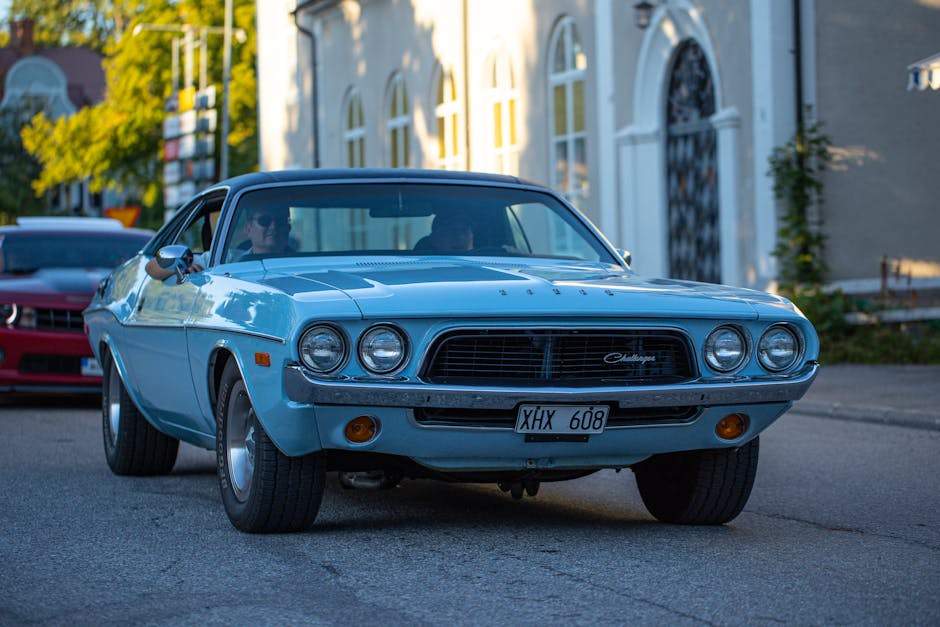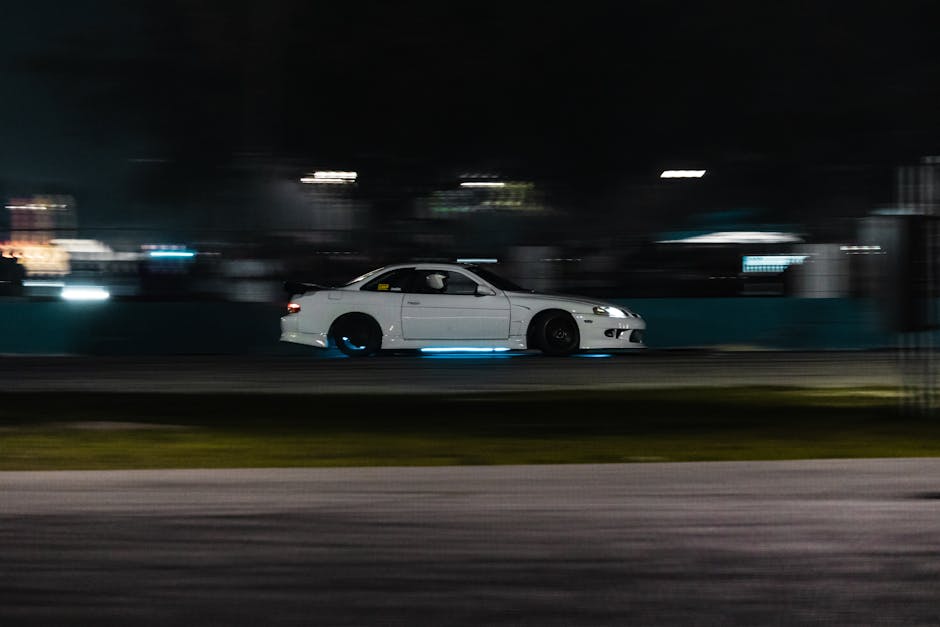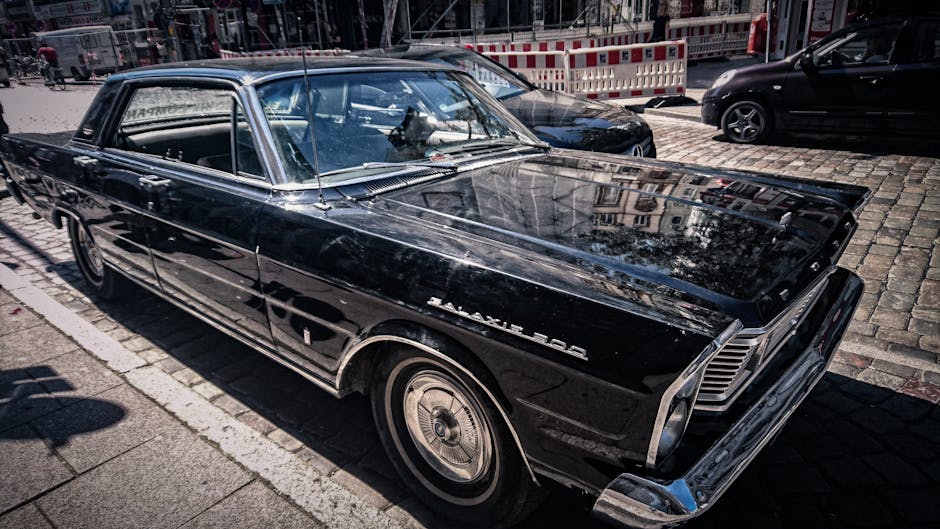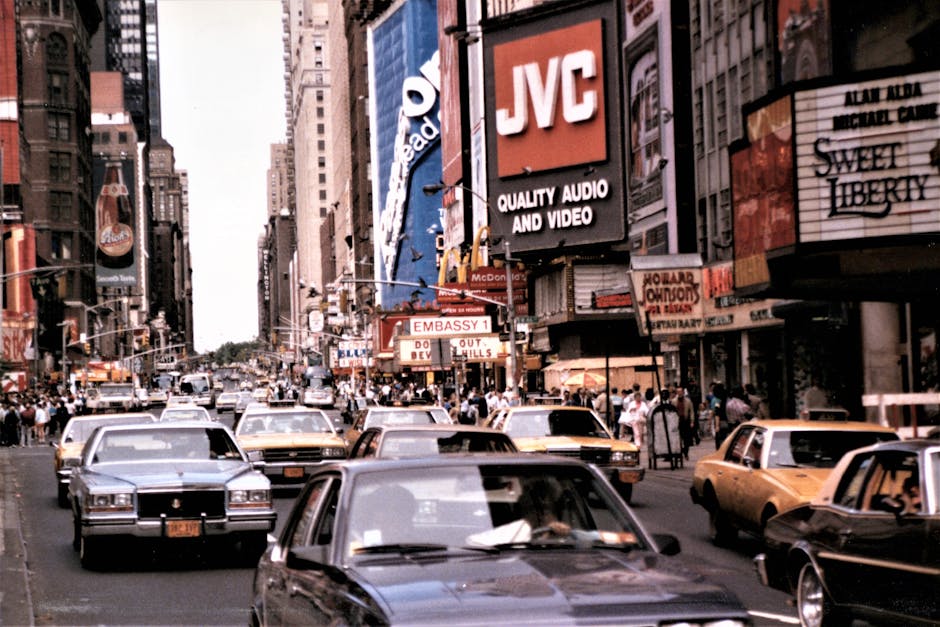The History of Muscle Cars
When we think of muscle cars, images of sleek, powerful vehicles roaring down the open road often come to mind. These iconic cars have a rich history and a dedicated following, but how did they come to be? What defines a muscle car, and why are they so beloved by enthusiasts around the world? Join us on a journey through the fascinating history of muscle cars, from their humble beginnings to the modern-day marvels that continue to captivate us.
The Early Days of Muscle Cars

The roots of the muscle car can be traced back to the 1949 Oldsmobile Rocket 88, often considered the first true muscle car. Powered by a V8 engine and boasting impressive speed and power, the Rocket 88 set the stage for a new era of American automotive engineering. Throughout the 1950s and 1960s, car manufacturers like Chevrolet, Ford, and Pontiac began producing high-performance vehicles designed to appeal to a younger, thrill-seeking audience.
One of the most iconic muscle cars of this era was the Ford Mustang, introduced in 1964. With its sporty design and powerful engine options, the Mustang quickly became a symbol of American automotive innovation and style. Other notable models from this time include the Chevrolet Camaro, Dodge Charger, and Plymouth Barracuda, all of which helped to define the muscle car genre.
The Golden Age of Muscle Cars

The 1960s and 1970s are often referred to as the golden age of muscle cars, a time when high-performance vehicles dominated the roads and captured the imagination of car enthusiasts everywhere. The era saw the introduction of legendary models like the Chevrolet Chevelle SS, Pontiac GTO, and Dodge Challenger, each offering unprecedented speed and power.
One of the most famous muscle cars from this period is the Plymouth Road Runner, known for its distinctive design and impressive performance. With a focus on raw power and speed, the Road Runner exemplified the spirit of the muscle car movement and remains a classic example of American automotive engineering.
During this time, muscle cars were not only popular on the streets but also on the racetrack. The rise of drag racing and other competitive events fueled the demand for high-performance vehicles, leading to the development of specialized models designed for racing and speed. Muscle cars became synonymous with power, speed, and excitement, capturing the hearts of car enthusiasts around the world.
The Decline and Resurgence of Muscle Cars

By the late 1970s and early 1980s, changing regulations, rising fuel costs, and shifting consumer preferences led to a decline in the popularity of muscle cars. As environmental concerns grew and fuel efficiency became a top priority, many automakers shifted their focus away from high-performance vehicles in favor of more economical models.
However, the spirit of the muscle car never truly died. In the 2000s, a resurgence of interest in classic American muscle cars led to a renaissance of sorts, with automakers reintroducing iconic models like the Ford Mustang, Chevrolet Camaro, and Dodge Challenger. These modern interpretations of classic muscle cars combined cutting-edge technology with retro styling, appealing to a new generation of car enthusiasts while paying homage to the heritage of these iconic vehicles.
Today, muscle cars continue to hold a special place in the hearts of automotive enthusiasts, with a thriving community dedicated to preserving and celebrating these powerful machines. From classic models restored to their former glory to modern-day interpretations pushing the boundaries of performance, muscle cars remain a symbol of American innovation, style, and speed.
Expert Opinions: The Legacy of Muscle Cars

According to automotive historian John Smith, “Muscle cars represent a unique period in American automotive history, capturing the essence of speed, power, and freedom. These iconic vehicles have left an indelible mark on the industry and continue to inspire car enthusiasts of all ages.”
Renowned car collector and enthusiast Sarah Johnson adds, “Owning a muscle car is like owning a piece of American history. These vehicles evoke a sense of nostalgia and excitement that is unmatched by any other type of car.”
Common Misconceptions About Muscle Cars
One common misconception about muscle cars is that they are all gas-guzzling monsters with poor fuel efficiency. While it’s true that many classic muscle cars were not known for their fuel economy, modern versions often feature advanced engine technology that improves efficiency without sacrificing performance.
Another misconception is that muscle cars are only for a specific demographic, namely middle-aged men. In reality, muscle cars have a broad appeal and are enjoyed by enthusiasts of all ages and backgrounds. From young drivers looking for speed and excitement to seasoned collectors appreciating classic design, muscle cars attract a diverse group of fans.
Conclusion
To wrap things up, the history of muscle cars is a testament to the enduring appeal of speed, power, and innovation in the world of automotive engineering. From their humble beginnings in the mid-20th century to their resurgence in the modern era, muscle cars have captivated generations of car enthusiasts and left an indelible mark on American culture.
Whether you’re a seasoned collector with a garage full of classic muscle cars or a young driver dreaming of owning your first high-performance vehicle, the legacy of muscle cars continues to inspire and excite automotive enthusiasts around the world. As we look to the future, one thing is certain: the spirit of the muscle car will always have a place on the road, roaring into the horizon with power and style.




